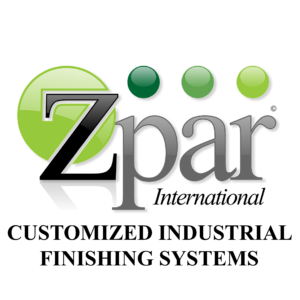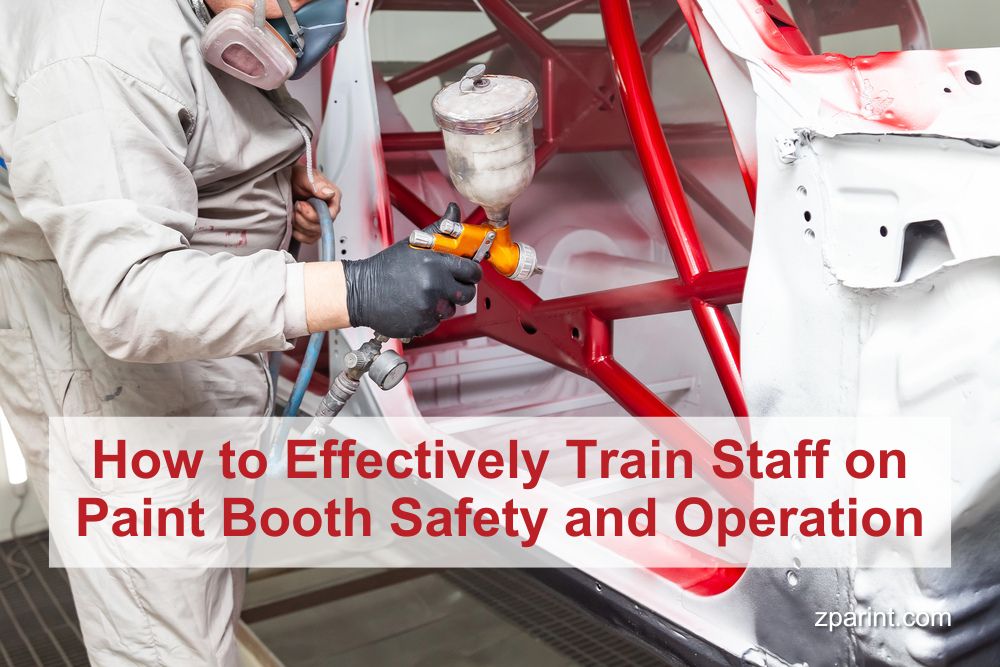Ensuring your staff is well-versed in paint booth safety and operation is not just a regulatory necessity; it’s a critical component in preventing accidents and maximizing productivity. At Zpar International, we understand the importance of a structured and thorough paint booth training program. Here’s a comprehensive guide on how you can effectively train your employees, covering everything from pre-use inspections to ongoing assessments.
1. Pre-Use Inspections
Pre-use inspections should be the cornerstone of any paint booth safety training program. Employees need to be trained to recognize potential hazards before they escalate into significant issues. Create a detailed paint booth safety checklist, and ensure every operator adheres to it rigorously. Regular inspections should include examining ventilation systems, checking the condition of fire suppression systems, and ensuring that lighting and electrical components are functioning correctly.
2. Proper Use of Personal Protective Equipment (PPE)
PPE is a non-negotiable element in paint booth operation training. Educate your staff on the types of PPE required, such as respirators, gloves, aprons, and safety goggles. Our team at Zpar International recommends conducting regular demonstrations to ensure everyone understands how to wear and maintain their PPE properly. Reinforce the importance of PPE in protecting against hazardous fumes and potential spills.
3. Safe Handling of Hazardous Materials
Paint and related solvents are often flammable and toxic. Training should cover the safe storage and handling of these materials to minimize risks. Teach your team about the Material Safety Data Sheets (MSDS) for each product used in the paint booth. Employees should know how to correctly mix and dispose of chemicals, as well as steps to take in case of accidental spills or exposure.
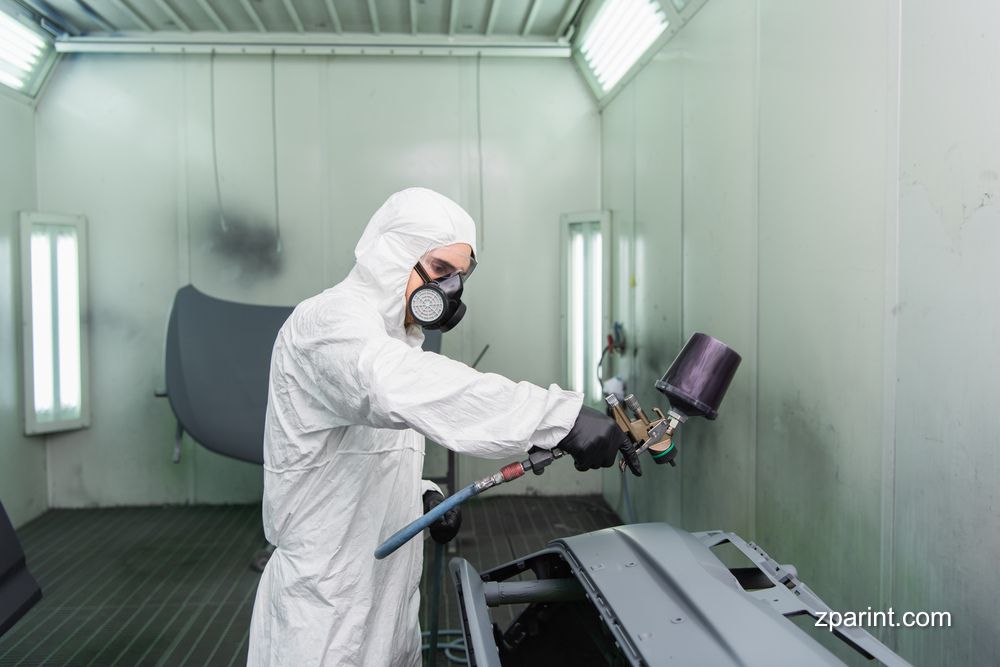
4. Emergency Procedures
Being prepared for emergencies is crucial. Paint booth emergency procedures must be clearly defined and regularly practiced. This includes knowing the locations of emergency exits, fire extinguishers, and first-aid kits. Schedule mock drills to ensure your staff can respond efficiently to scenarios such as fires, chemical spills, or ventilation system failures. Emphasize the importance of reporting hazards immediately to prevent mishaps.
5. Hands-On Practice
Theoretical knowledge needs to be supplemented with hands-on practice. Organize training sessions where employees can practice operating the paint booth under supervision. These sessions should cover everything from setting up the booth, calibrating spray equipment, to actual painting processes. Tailoring these sessions to mimic real-world scenarios will better prepare your staff for day-to-day operations.
6. Continuous Assessments and Refreshers
Training shouldn’t be a one-time event. Implementing ongoing assessments helps keep safety procedures fresh in the minds of your employees. Regularly scheduled refresher courses and evaluations foster a culture of continuous improvement. Utilize assessments to identify areas that may require additional training or updates to the safety protocols.
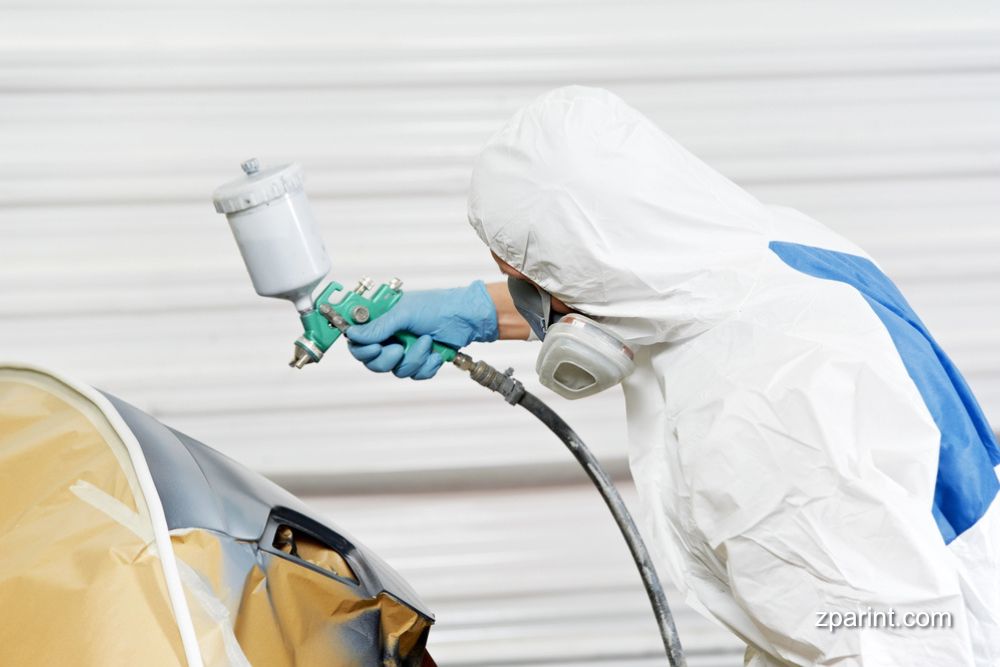
Tailoring Training to Different Experience Levels
Staff may vary in their levels of experience and expertise. It’s essential to tailor your paint booth operator training to accommodate both new hires and seasoned veterans. New employees will need more hands-on guidance, while experienced operators might benefit more from advanced training focusing on efficiency and newer safety procedures.
Creating a Safety-First Culture
Encouraging a safety-first culture within your organization ensures that everyone feels responsible for maintaining a safe working environment. Recognize and reward employees who consistently follow paint booth safety procedures and contribute to a safer workplace. Our team believes that fostering an environment where safety is a shared responsibility makes compliance a natural habit rather than a forced obligation.
Utilizing Technology
Leverage technology to facilitate training. Virtual reality (VR) and augmented reality (AR) can provide immersive training experiences, allowing operators to safely practice emergency procedures or maintenance tasks in a controlled environment. Online platforms can also be used for distributing training materials, quizzes, and certification tests.
At Zpar International, we are committed to helping our clients create safer and more productive workplaces. Investing in comprehensive paint booth safety and operation training not only prevents accidents but also ensures regulatory compliance and enhances efficiency.
By prioritizing paint booth safety procedures, from pre-use inspections to regular training updates, you can protect your employees and your business. Remember, a well-trained team is the backbone of any successful and safe paint booth operation.
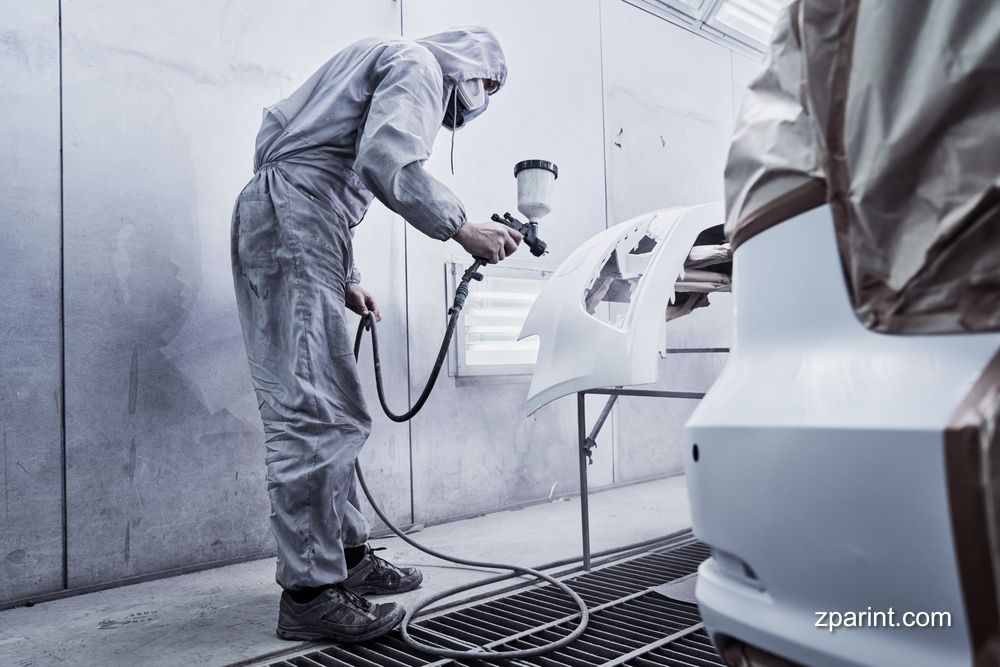
By adhering to these guidelines, you can develop a robust and effective paint booth training program that ensures safety, compliance, and productivity. If you have any specific needs or require personalized training solutions, our team at Zpar International is always ready to assist. Let’s work together to create a safer and more efficient workplace for your paint booth operations.
For more information on how Zpar International can assist you in developing an effective paint booth training program, contact us today. Our experts are here to help you every step of the way, ensuring your paint booth operations run smoothly and safely.
